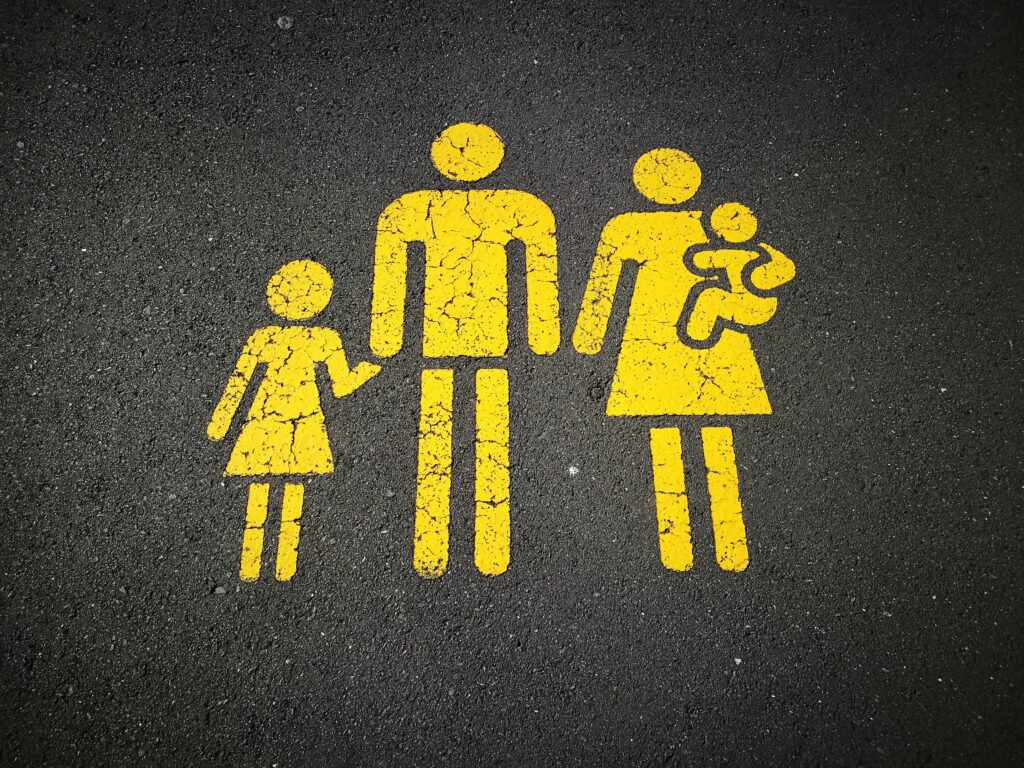
The two most common (and expected) ways we disaggregate data is by gender and age. But why do we want to disaggregate data?
Determining the data you need is not a straight forward as we think. Gender is a case in point. We often collect gender data about the people we work with. Sometimes we use it to determine the size of the food basket for the household, other times it’s helpful health data to know. But what happens when the purpose for wanting the data is just reporting? If we are given the dataset from another agency who also has determined the food basket size, then do we actually need the gender data? Or if the food basket or aid is not affected by gender, do we need to collect it for our own reporting?
In many cases it appears that we don’t need to disaggregate data to deliver aid. And yet, disaggregated data is often a super useful data field for analysis as we know women and girls are discriminated against everywhere.
Data minimisation, data purpose, and data use are a rotating triangle of principles. And perhaps data use is the critical one. If we are not using the gender and age fields for analysis and only for general reporting, perhaps we shouldn’t collect it. However, is reporting a justifiable reason to collect data? Or does the ‘use’ have to have some sort of benefit for the person about whom the data is?
What do you think?

0 Comments